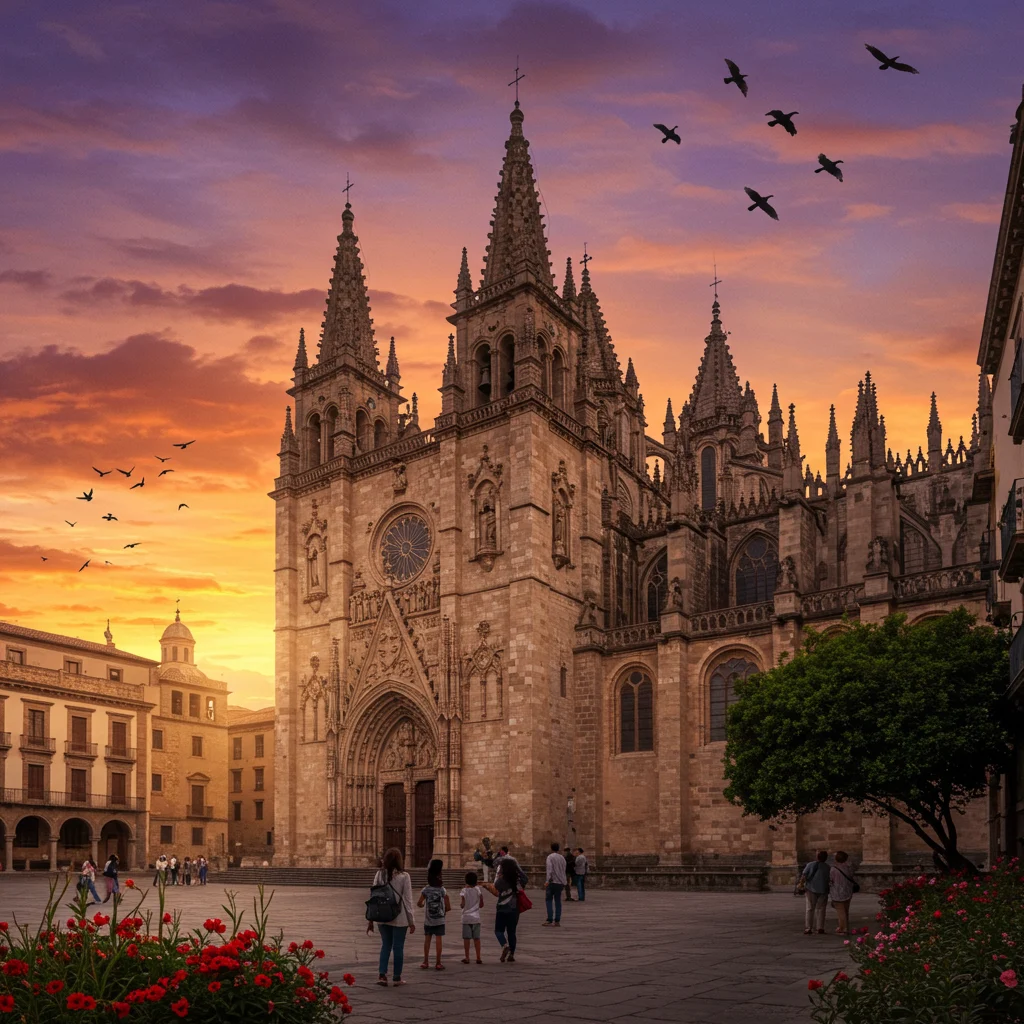Introduction: The Enduring Allure of La Catedral
Few buildings possess the ability to transport us through centuries quite like La Catedral. Its stone walls have witnessed the ebb and flow of empires, the quiet prayers of devoted worshippers, and the bustling footsteps of millions of visitors. The air inside is tinged with incense and echoes of choral music, while sunlight streams through stained glass, casting vibrant mosaics across ancient floors. This is a place where history lingers palpably, inviting us to listen and reflect.
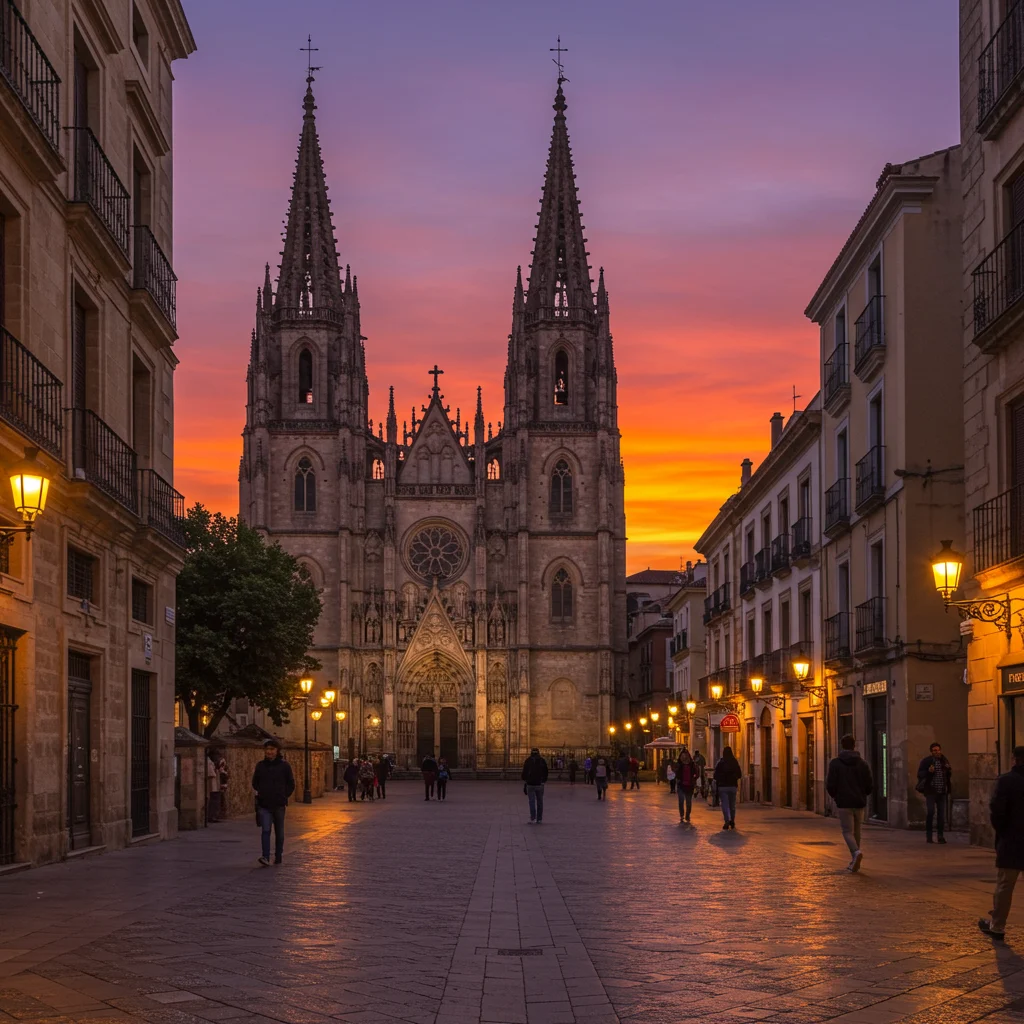
For generations, La Catedral has stood as a beacon of continuity, resilience, and faith. Its architecture, art, and daily rituals offer a living testament to the community that built, preserved, and continues to cherish it.
What Makes La Catedral a Historical Landmark?
The significance of La Catedral extends beyond its physical presence. As a historical landmark, it embodies centuries of cultural, spiritual, and architectural evolution. The cathedral has played host to coronations, peace treaties, and pivotal community gatherings, making it a silent witness to both triumph and turmoil.
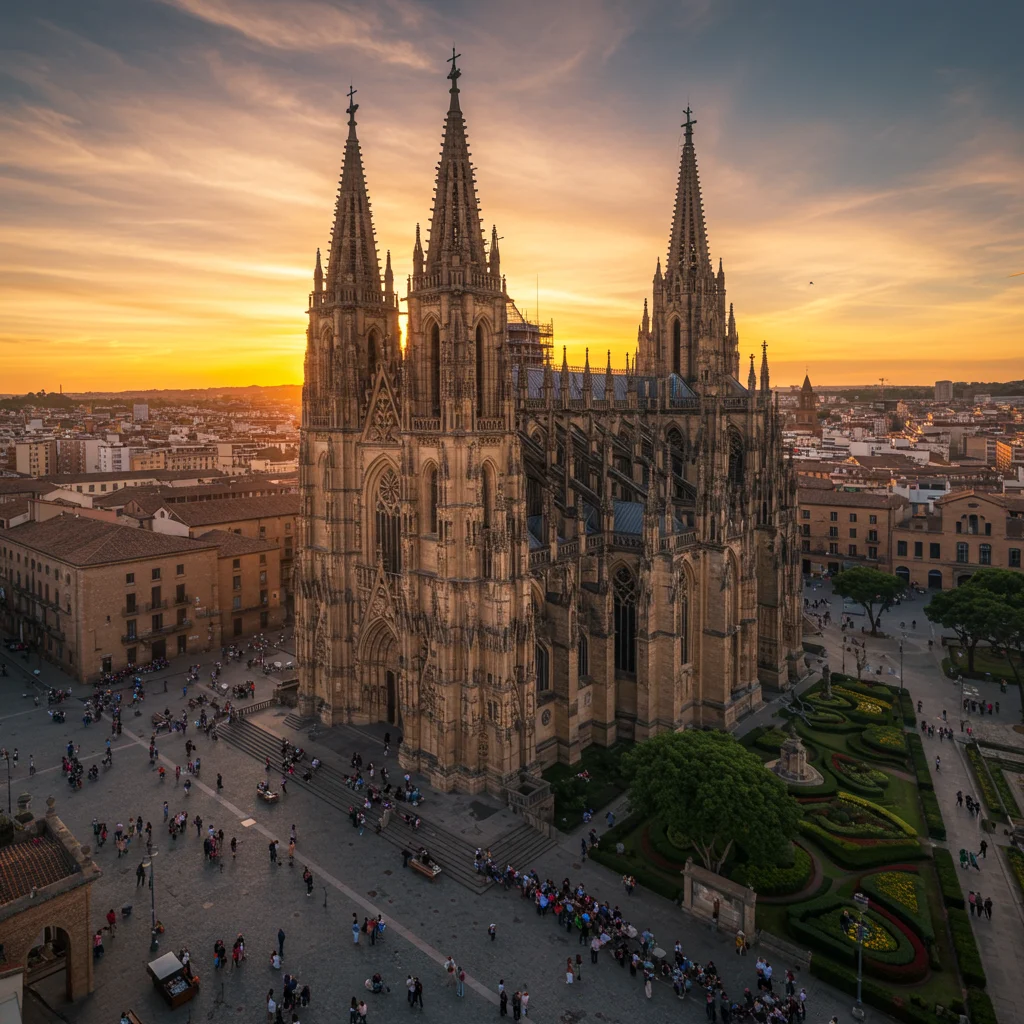
Visitors are often struck by the palpable sense of time within its walls—a testament to the generations who contributed to its construction and preservation. The structure not only reflects the artistic ambitions of its creators but also serves as a repository of local identity and collective memory.
Where Is La Catedral Located?
Nestled at the heart of the city, La Catedral occupies a central position that makes it both a spiritual and geographic anchor. Its towering spires can be seen from many vantage points, guiding travelers and locals alike toward the historic center.
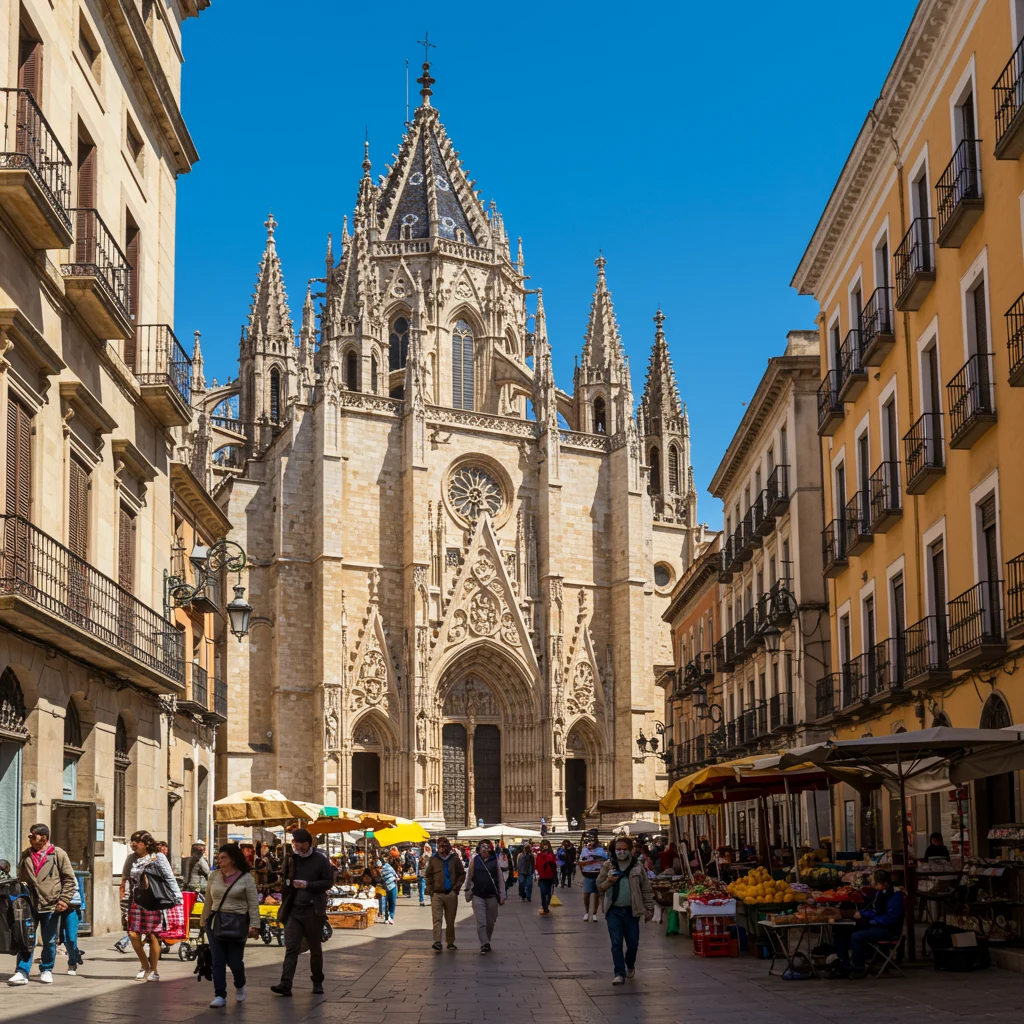
Surrounded by bustling plazas, charming streets, and vibrant markets, the cathedral’s location ensures that it remains woven into the daily life of the community. Its proximity to other notable landmarks makes it a natural starting point for any historical architecture tour, much like those described in our overview of historical architecture tours of Savannah and Charleston.
The Origins of La Catedral: A Journey Through Time
The story of La Catedral begins centuries ago, rooted in the aspirations of a growing city and its religious leaders. Early records suggest that the first stones were laid upon the foundations of an even older place of worship, symbolizing the city’s enduring devotion and evolving identity.
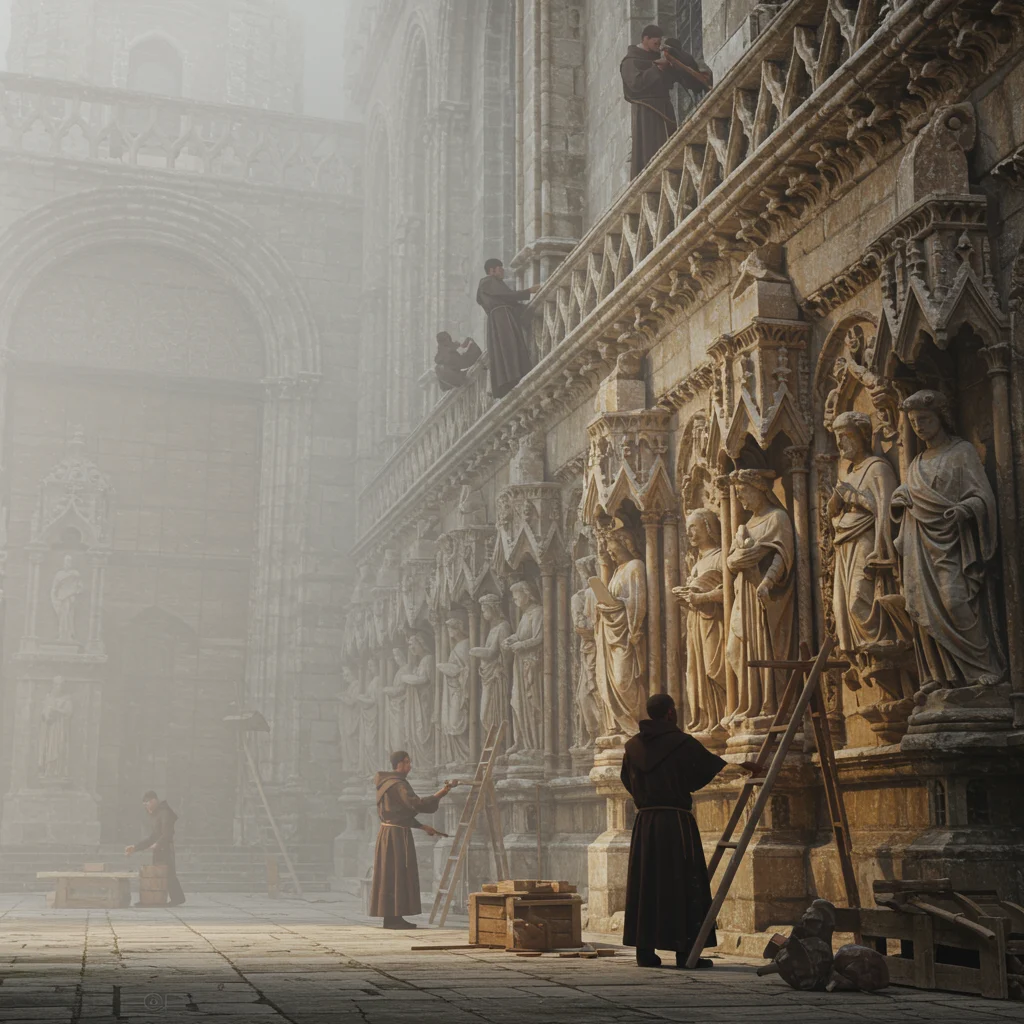
Over the years, successive generations expanded and embellished the cathedral, each leaving their mark in stone, wood, and glass. From humble beginnings, it gradually rose to become the majestic structure we see today, shaped by countless hands and inspired by shifting artistic currents.
Who Built La Catedral? Key Figures and Influences
The construction of La Catedral was a monumental undertaking that spanned centuries and involved a host of architects, artisans, and patrons. Visionary bishops and wealthy benefactors provided the necessary resources, while skilled masons, sculptors, and painters translated their ambitions into reality.
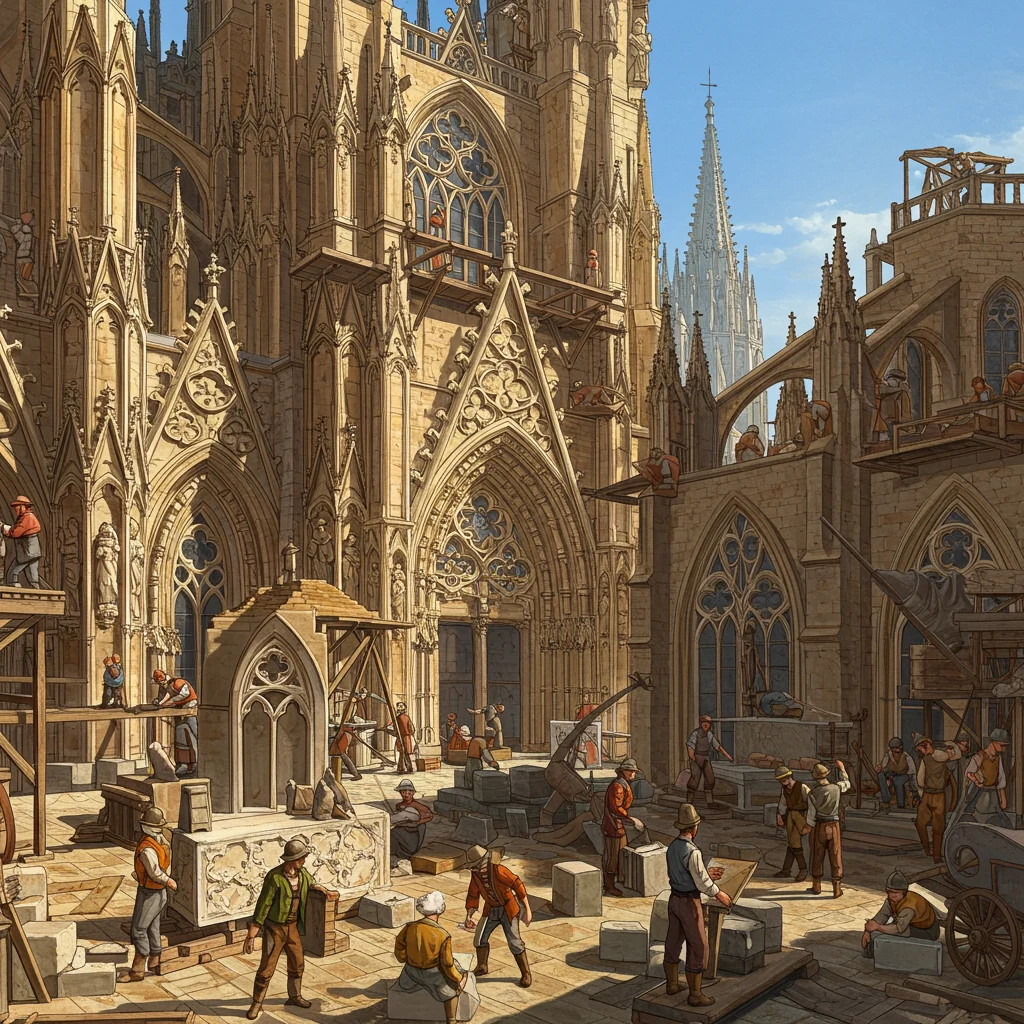
Influences from across Europe can be seen in the cathedral’s design, reflecting the exchange of ideas and techniques among master builders. The interplay of local traditions with imported styles resulted in a unique structure that speaks to both regional pride and cosmopolitan ambition. For a deeper look at how such collaborations shaped other iconic sites, you might appreciate our feature on Florence’s Renaissance and Medici tales.
Architectural Styles: How Has La Catedral Evolved?
One of the most fascinating aspects of La Catedral is its architectural evolution. The original structure may have been Romanesque, characterized by thick walls and rounded arches. Over time, Gothic influences introduced soaring vaults, pointed arches, and intricate tracery, lending the building a sense of verticality and lightness.
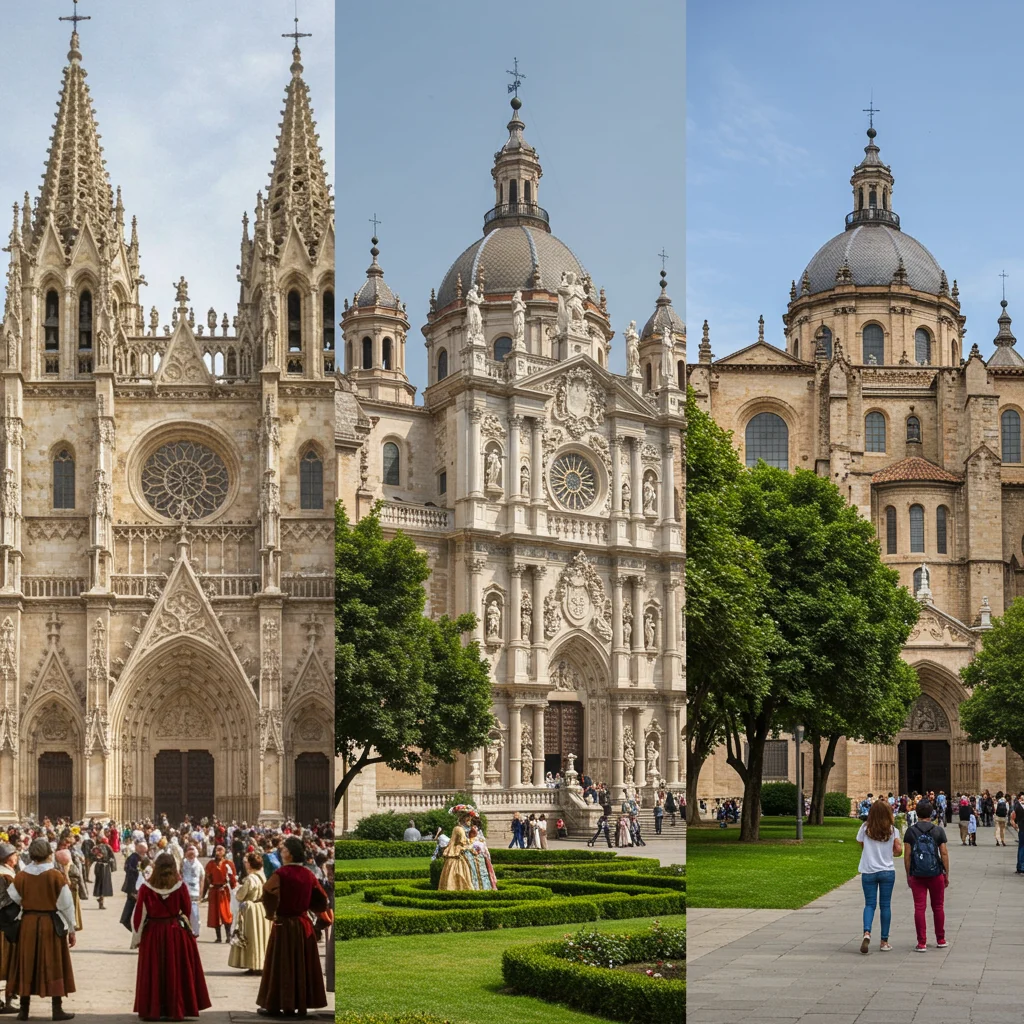
Later additions brought elements of Baroque exuberance, visible in ornate chapels and dramatic altarpieces. Each era left a visible imprint, creating a harmonious yet complex tapestry of styles that rewards careful observation.
Exterior Features: A Closer Look at the Facade
Approaching La Catedral, visitors are greeted by a facade that commands attention. The interplay of shadow and light across sculpted stone creates a dynamic visual effect, while the scent of aged granite mingles with the sounds of the city outside.
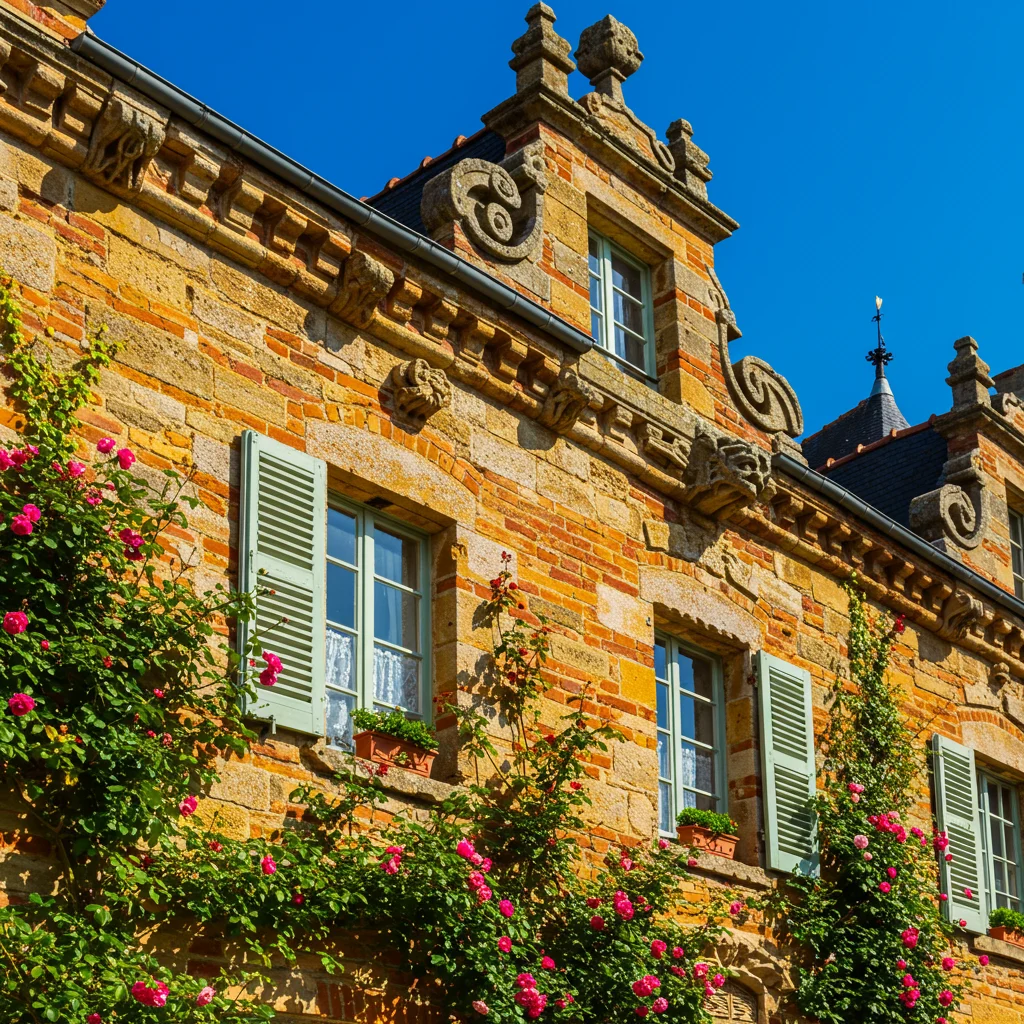
What Are the Most Iconic Elements of the Facade?
The facade is adorned with a wealth of detail, from soaring columns to intricately carved portals. Statues of saints and biblical figures gaze serenely outward, their features softened by centuries of weather. Decorative pinnacles and flying buttresses add both structural support and artistic flair.
A large rose window often dominates the central section, its geometric patterns hinting at the mysteries within.
Symbolism in Stone: Decoding the Sculptures and Reliefs
Many of the facade’s sculptures and reliefs serve a didactic purpose, illustrating scenes from scripture and local legend. Gargoyles, angels, and allegorical figures convey moral lessons and spiritual truths, inviting contemplation from those who pause to study them.
These elements reveal the cathedral’s dual role as both a house of worship and a public art gallery, accessible to all.
The Towers: Guardians of the City
The cathedral’s towers rise above the cityscape, their bells marking the passage of time and calling the faithful to prayer. These structures symbolize vigilance and protection, standing as sentinels over the surrounding streets.
Climbing the towers offers panoramic views—a breathtaking reward for those willing to ascend the winding stone stairs.
The Main Entrance: Portal to the Past
Passing through the main entrance, visitors cross a threshold that separates the bustle of daily life from the tranquility of sacred space. Massive wooden doors, often studded with ironwork and adorned with biblical scenes, set the tone for the spiritual journey that lies ahead.
The transition from sunlight to the cool, shadowy interior is both physical and symbolic, marking the start of a new experience.
Stepping Inside: The Interior of La Catedral
Stepping inside La Catedral, the outside world fades away, replaced by a hush broken only by soft footsteps and whispered prayers. The vastness of the interior inspires awe, with lofty ceilings and an intricate play of light and shadow.
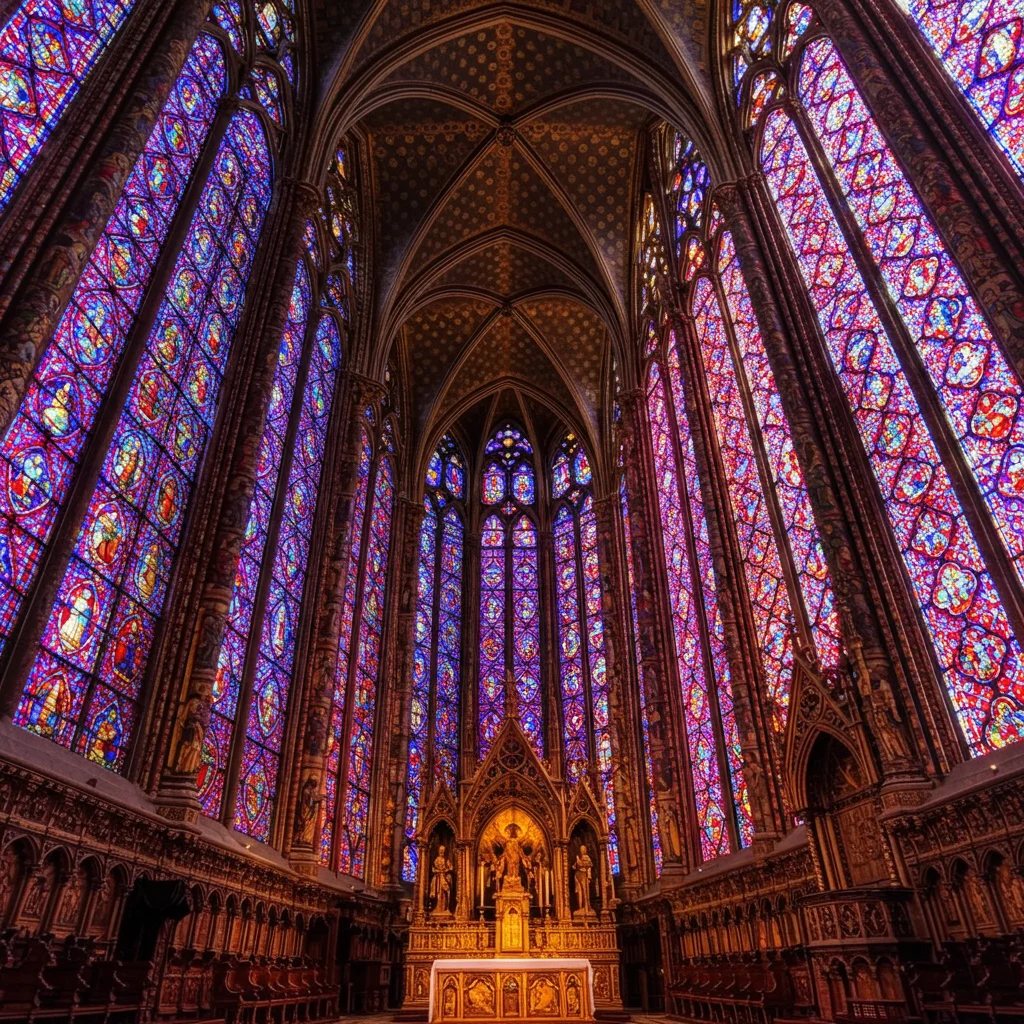
What Awaits Visitors Upon Entering?
Upon entering, visitors are immediately struck by the grandeur of the nave and the sense of stillness that pervades the space. The scent of incense lingers in the air, mingling with candle wax and ancient stone.
Soft shafts of colored light filter through stained glass, illuminating intricate tilework and centuries-old pews.
The Nave: Heart of Worship
The nave forms the central axis of the cathedral, guiding the gaze toward the altar. Rows of wooden benches provide seating for congregants, while side aisles allow movement and quiet contemplation.
Vaulted ceilings soar overhead, their ribs converging on keystones that bear the marks of master craftsmen.
The Altar: Centerpiece of Faith
At the far end of the nave, the main altar commands attention with its gilded surfaces and intricate carvings. This is the spiritual heart of the cathedral, the site of daily Mass and major celebrations.
The altar is often flanked by elaborate reredos and adorned with candles, flowers, and sacred relics.
Stained Glass Windows: Stories in Color and Light
The stained glass windows are among the most captivating features of La Catedral. Each panel tells a story, depicting saints, martyrs, and scenes from scripture in vivid hues.
As sunlight shifts throughout the day, the windows cast shifting patterns of color across the interior, transforming the atmosphere and inviting reflection.
Chapels and Side Altars: Hidden Gems Within
Scattered along the side aisles are chapels and side altars, each dedicated to particular saints or historical figures. These spaces offer quiet corners for personal prayer and contemplation.
Many chapels house exquisite artworks or tombs of prominent local families, adding layers of meaning to the cathedral’s interior landscape.
The Crypt: Secrets Beneath the Stone
Below the main floor lies the crypt, a space shrouded in mystery and reverence. Here, the remains of bishops, nobles, and benefactors rest in solemn silence.
The cool, dimly lit corridors evoke a sense of history’s weight, reminding us of the passage of time and the continuity of tradition.
The Bell Tower: Echoes Across the City
Ascending the bell tower provides a sensory experience unlike any other. With each step, the sounds of the city recede, replaced by the gentle hum of ancient machinery and the anticipation of panoramic views.
From the top, the city sprawls in every direction, and the bells—when they sound—send resonant tones drifting across rooftops and squares.
The Organ: Music That Fills the Halls
The cathedral’s pipe organ is a marvel of craftsmanship, with ranks of gleaming pipes stretching toward the ceiling. Its music fills the vast interior with a richness and clarity that stirs the soul.
Organ recitals are a highlight for many visitors, echoing the tradition of sacred music in grand European churches. Those interested in experiencing such music in other historic venues may enjoy our review of the Vienna Classical Concert in St. Anne’s Church.
Sacred Artworks: Paintings, Sculptures, and Relics
Within La Catedral, sacred art serves as both spiritual inspiration and a record of artistic achievement. The walls and chapels are adorned with masterpieces that span centuries and styles.
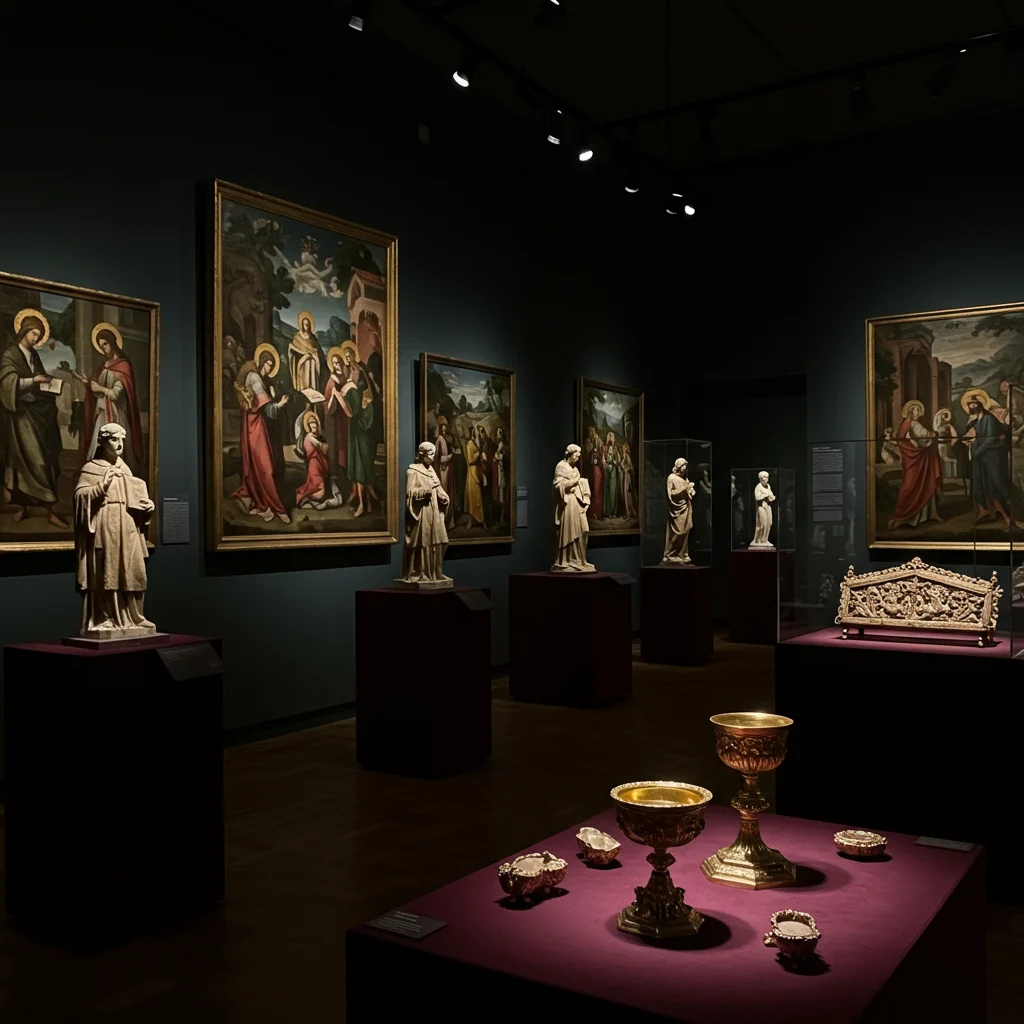
What Masterpieces Are Housed Inside La Catedral?
Visitors can admire altarpieces shimmering with gold leaf, paintings that capture the drama of religious narratives, and sculptures that seem almost lifelike in their detail.
Each artwork is carefully positioned to enhance its devotional function while contributing to the cathedral’s overall beauty.
Famous Artists and Their Contributions
Many renowned artists have left their mark on La Catedral, from celebrated painters of the Renaissance to master sculptors of the Baroque period. Their works reflect both technical mastery and deep spiritual conviction.
As experts often say:
“Great cathedrals are not merely stone and glass—they are the sum of countless dreams, skills, and prayers, layered over generations.”
Learning about the creators of these masterpieces provides deeper insight into the cathedral’s enduring significance.
Relics and Treasures: Spiritual and Historical Value
The cathedral’s treasury contains relics of saints, intricately crafted chalices, and ancient manuscripts. These objects hold immense spiritual value for worshippers and offer a tangible link to the past for historians and art lovers alike.
Special exhibitions occasionally showcase these treasures, providing rare opportunities to witness objects usually kept from public view.
La Catedral Through the Ages: Key Historical Events
Over the centuries, La Catedral has stood at the heart of the city’s most significant moments. Its walls have sheltered refugees, hosted royal ceremonies, and witnessed the unfolding of history.
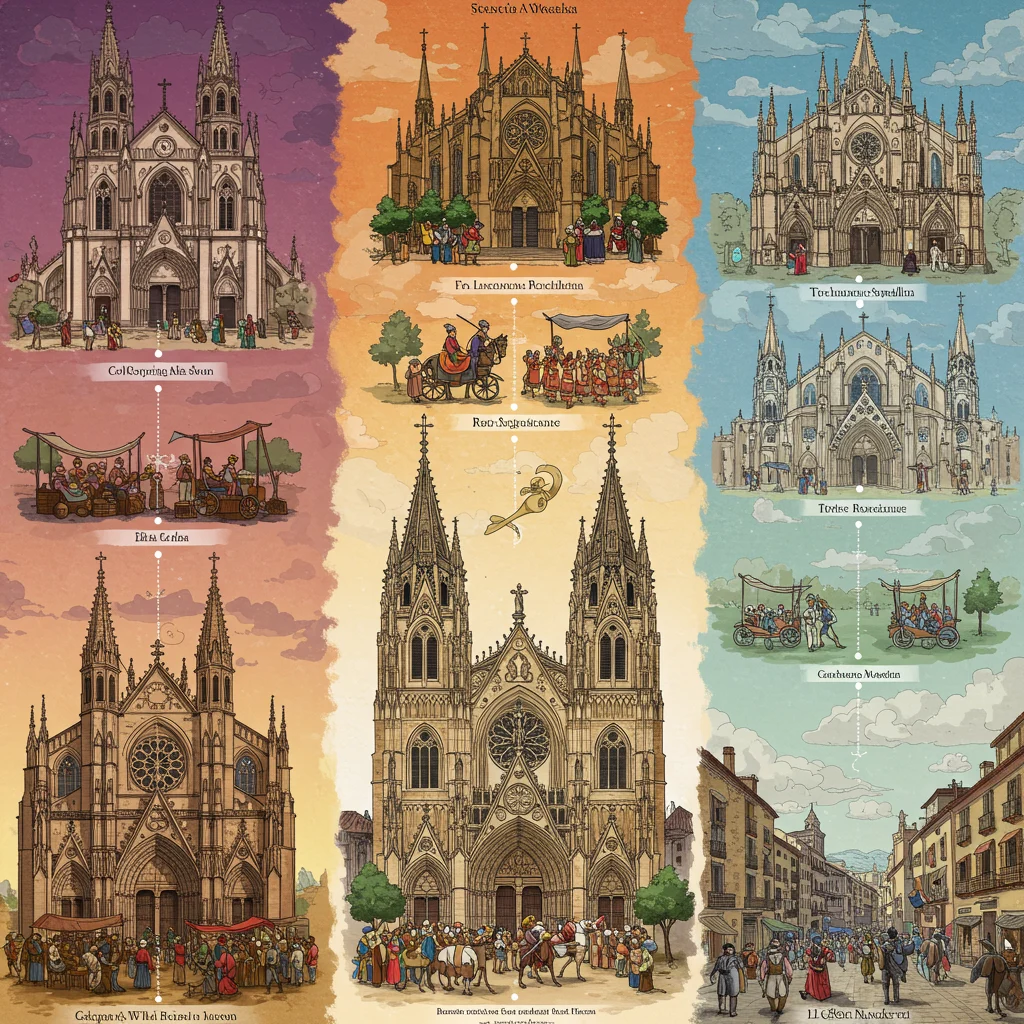
How Did La Catedral Survive Wars and Natural Disasters?
Resilience defines the cathedral’s history. Despite wars, fires, and earthquakes, the building has endured—thanks to a combination of sturdy construction, timely restoration, and community devotion.
Legends tell of miraculous interventions and heroic efforts that spared the cathedral from destruction during turbulent times.
Royal Visits and Political Ceremonies
Throughout its history, La Catedral has welcomed monarchs, presidents, and dignitaries. These visits often coincide with major events, such as coronations or peace treaties, underscoring the cathedral’s symbolic importance.
Political ceremonies held within its walls reflect the enduring relationship between church and state.
La Catedral’s Role in Local Traditions and Festivals
The cathedral serves as the focal point for many local traditions and festivals. Processions, concerts, and religious celebrations fill the square outside with color, music, and joyful crowds.
These events foster a sense of community and continuity, drawing participants from across the region.
Restoration and Preservation Efforts: Protecting the Past
Preserving La Catedral for future generations is a complex, ongoing endeavor. Conservationists, artisans, and volunteers work tirelessly to address the challenges posed by time, weather, and human activity.
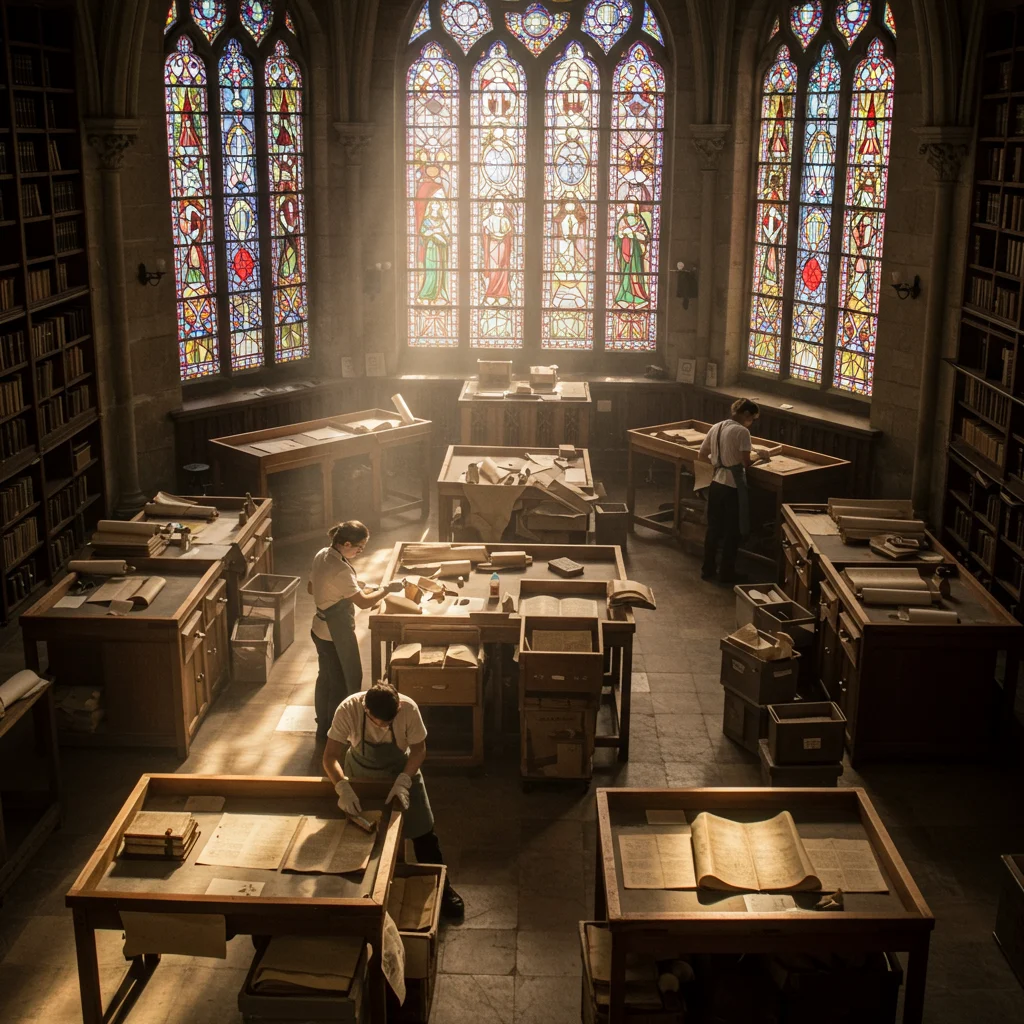
What Challenges Has La Catedral Faced Over Time?
Exposure to pollution, vibration from nearby traffic, and the sheer volume of visitors all threaten the cathedral’s delicate features. Water infiltration and structural instability have required urgent intervention at various points in its history.
Balancing the needs of preservation with those of an active place of worship requires careful planning and expertise.
Modern Conservation Techniques
Restoration projects now employ advanced technologies, such as laser cleaning, digital modeling, and climate control systems. These innovations allow conservators to protect fragile artworks and structures while respecting the building’s historical integrity.
Careful documentation and ongoing monitoring help ensure that interventions are both effective and reversible.
Community Involvement in Preservation
Local residents, businesses, and organizations play a vital role in supporting the cathedral’s preservation. Fundraising campaigns, educational programs, and volunteer initiatives all contribute to the ongoing care of this beloved landmark.
Similar community-driven preservation efforts are described in our coverage of the Alhambra and Nasrid Palace, where collaboration has proven essential.
Religious Significance: Why Is La Catedral a Spiritual Center?
Beyond its historical and artistic value, La Catedral remains a living center of faith. Daily rituals, major festivals, and quiet moments of prayer keep the spiritual heart of the cathedral beating.
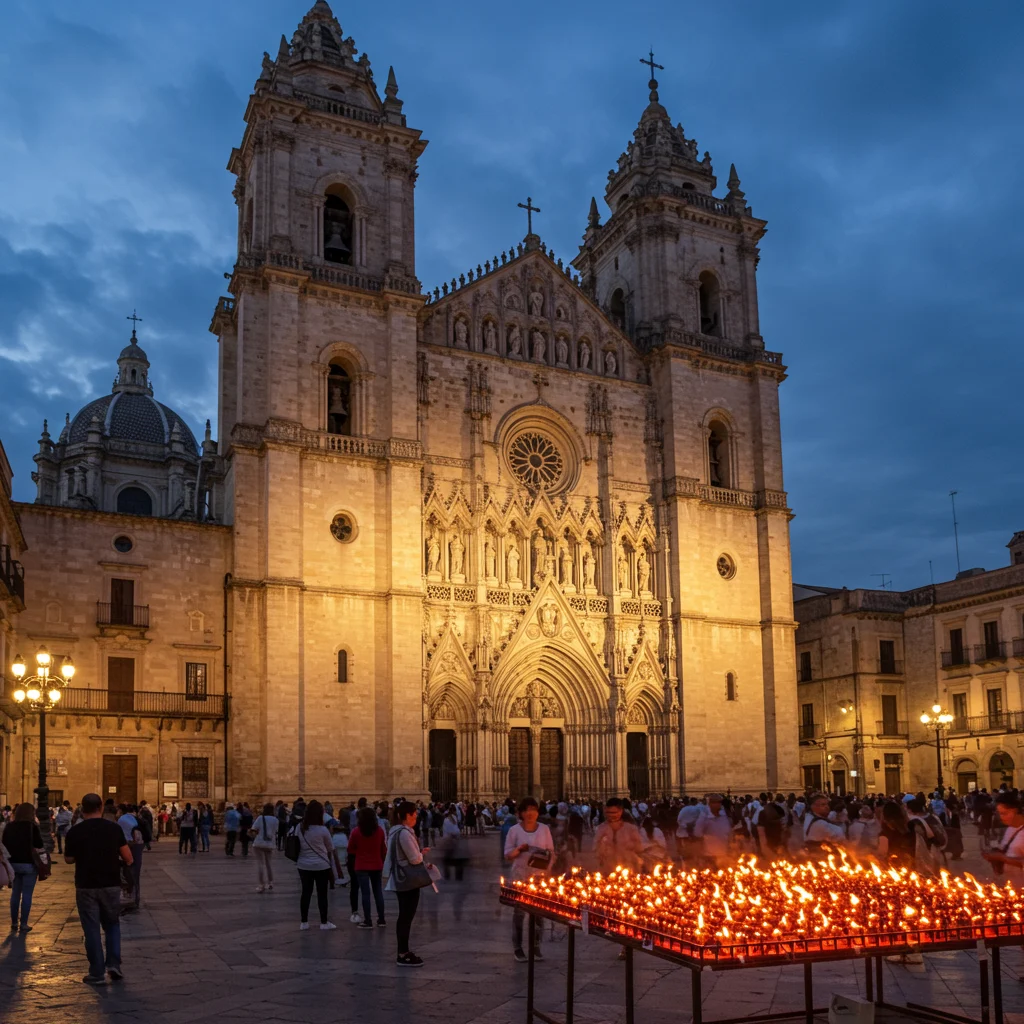
Major Religious Events and Celebrations
Throughout the liturgical year, the cathedral hosts a rich calendar of events—from Easter and Christmas Masses to processions honoring local saints. These celebrations draw large crowds and infuse the space with a sense of shared devotion.
Music, incense, and ritual combine to create a moving sensory experience for participants and observers alike.
The Cathedral’s Role in the Local Diocese
As the seat of the bishop, La Catedral serves as the administrative and spiritual center of the local diocese. It is the site of ordinations, confirmations, and other key sacraments.
The cathedral also provides pastoral care and outreach, reflecting its commitment to serving the wider community.
Daily Worship and Rituals
Daily Mass, confessions, and other sacraments are offered throughout the week, providing spiritual nourishment for parishioners and visitors. The rhythm of prayer and song lends a sense of continuity, connecting present-day worshippers with generations past.
Legends and Myths: Stories That Shaped La Catedral
Stories and legends add a layer of enchantment to La Catedral, weaving together history, faith, and imagination. These tales are passed down through generations, enriching the visitor experience.
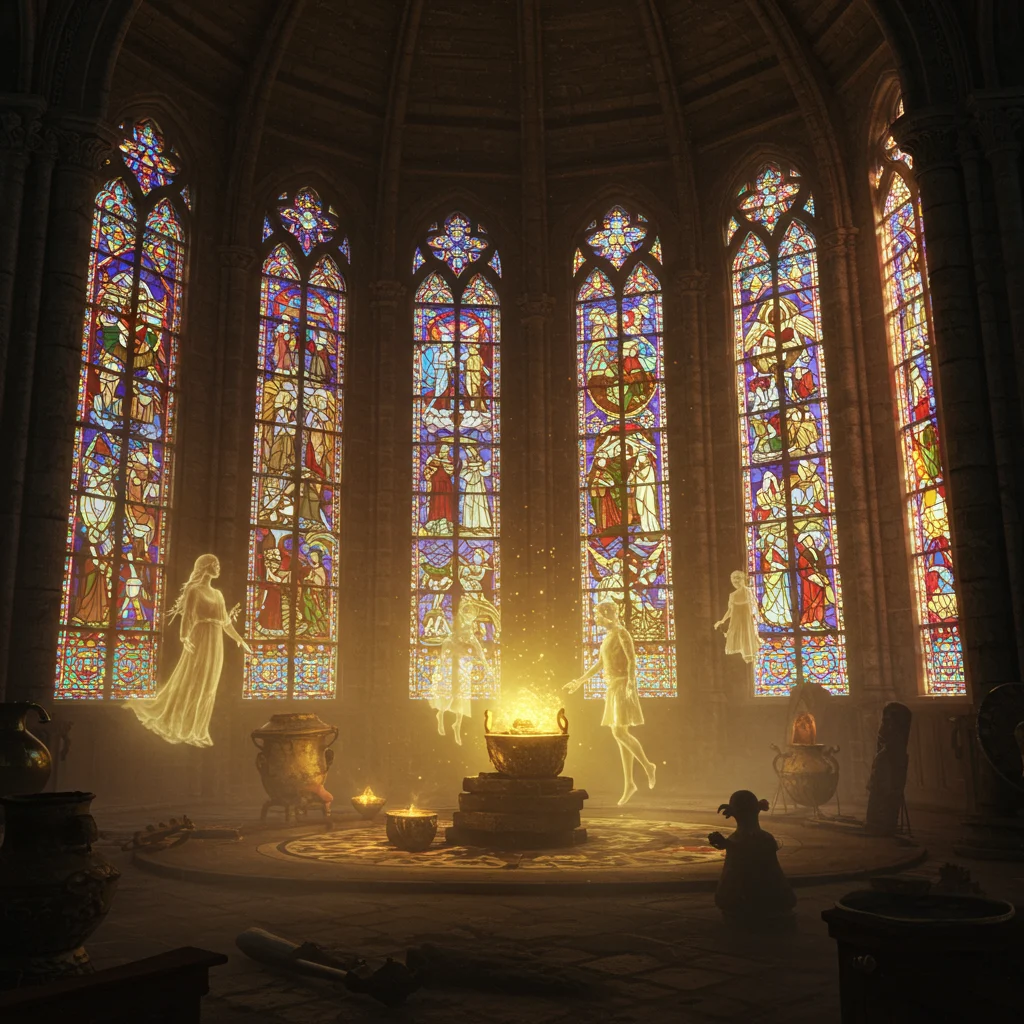
What Legends Are Associated With La Catedral?
Popular legends often center on miraculous events, such as statues weeping or mysterious healings. These stories reflect the deep sense of reverence and wonder the cathedral inspires.
Some legends even attribute the survival of the building during disasters to divine intervention.
Miracles and Mystical Tales
Accounts of answered prayers and unexplained phenomena abound. Pilgrims travel from afar to visit relics believed to possess healing powers or to light candles in thanksgiving for blessings received.
Such tales reinforce the cathedral’s reputation as a place where the sacred and the everyday intersect.
Famous Ghost Stories and Urban Legends
Like many ancient buildings, La Catedral is said to be haunted by the spirits of former clergy, builders, or benefactors. Whispered accounts of nocturnal apparitions, mysterious footsteps, and flickering candle flames have become part of local folklore.
These stories add a hint of mystery, inviting visitors to ponder the secrets hidden within the cathedral’s walls.
La Catedral in Art, Literature, and Popular Culture
The grandeur and mystique of La Catedral have inspired countless writers, artists, and filmmakers. Its silhouette appears in paintings, novels, and even modern media, reflecting its enduring place in the cultural imagination.
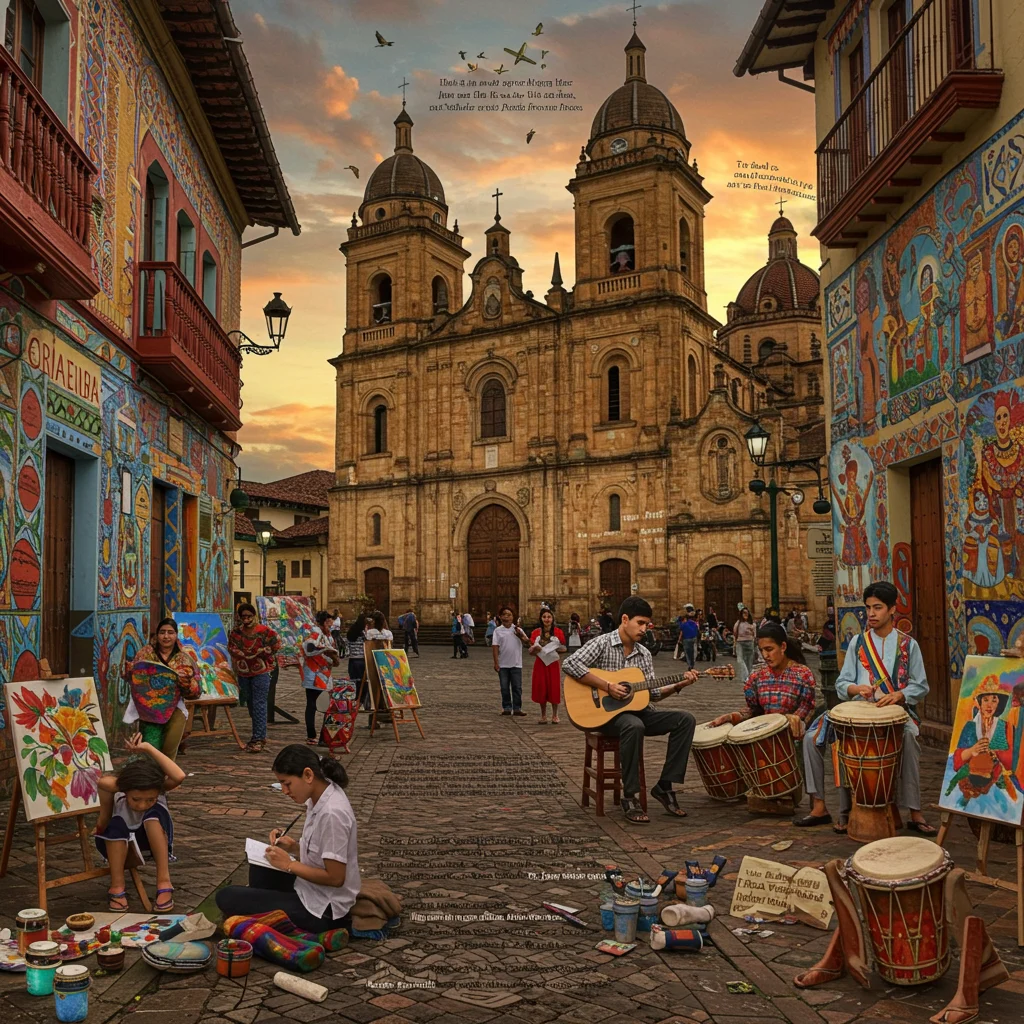
How Has La Catedral Inspired Artists and Writers?
From romantic poets to contemporary photographers, creatives have drawn inspiration from the cathedral’s soaring arches and luminous windows. The interplay of light, shadow, and stone provides endless material for artistic exploration.
In literature, the cathedral often symbolizes endurance, faith, or the quest for meaning, much as the Alhambra does for Moorish Spain.
Appearances in Film and Television
La Catedral’s dramatic spaces have served as the backdrop for period dramas, documentaries, and even thrillers. Filmmakers are drawn to its atmospheric interiors and iconic exterior, which lend authenticity and gravitas to any production.
The cathedral’s bells, organ, and processions are often featured, adding sensory richness to on-screen storytelling.
References in Music and Poetry
Composers have written choral works and organ pieces specifically for the cathedral’s unique acoustics. Poets, too, have sought to capture the awe and serenity evoked by its sacred spaces.
These creative responses ensure that the cathedral remains not only a monument to the past but also a living source of inspiration.
Visitor Experience: What to Know Before You Go
A visit to La Catedral is a highlight for many travelers. Knowing what to expect can help make the experience memorable and meaningful.
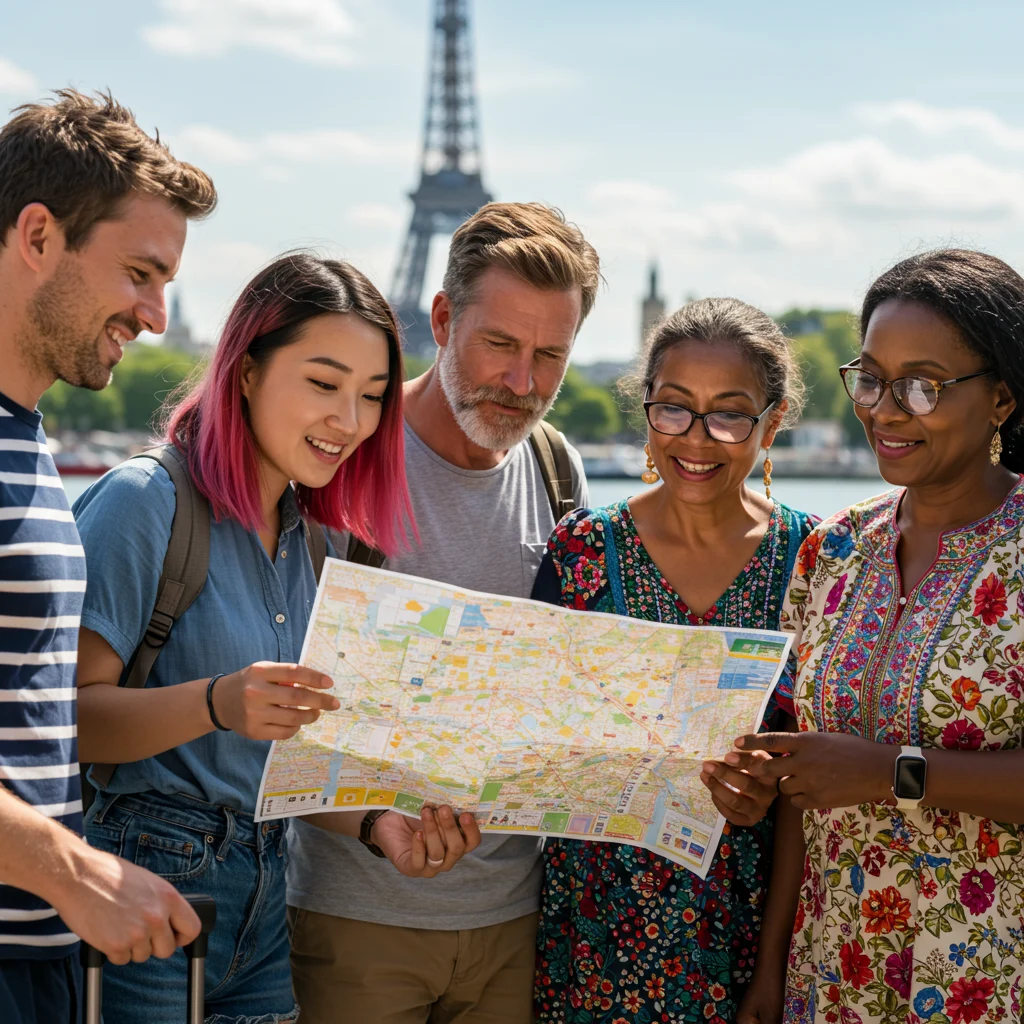
How to Get to La Catedral
The cathedral’s central location makes it easily accessible by public transport, taxi, or on foot. Many visitors arrive via historic squares or scenic streets, enjoying the gradual reveal of the building’s impressive facade.
For those planning a broader itinerary, it can be convenient to find tours that include the cathedral among other city highlights.
Best Times to Visit and Avoid Crowds
Early mornings or late afternoons tend to be quieter, allowing for a more contemplative visit. Major religious holidays and festival days draw large crowds, creating a lively but busier atmosphere.
Weekdays typically offer a more peaceful experience, with opportunities for guided or self-directed exploration.
Guided Tours vs. Self-Guided Exploration
Guided tours provide valuable context, revealing hidden details and sharing stories that might otherwise go unnoticed. Audio guides are also available, enabling visitors to move at their own pace while learning about key features.
For those who prefer a more independent approach, self-guided exploration allows for personal reflection and discovery. Our review of private tours of Diocletian’s Palace highlights the benefits of both options in a historic setting.
Accessibility for All Visitors
The cathedral is committed to welcoming all visitors, with ramps, elevators, and accessible restrooms available. Staff are trained to assist those with special needs, ensuring that everyone can appreciate the building’s beauty and significance.
Accessible tours and materials are provided in multiple languages, broadening the cathedral’s reach to diverse audiences.
Photography Tips Inside La Catedral
Photography is generally permitted, though flash and tripods may be restricted to protect artworks and avoid disrupting worship. The interplay of natural light and shadow offers opportunities for striking images, particularly near stained glass windows or ornate altars.
Respecting the sacred nature of the space is paramount; visitors are encouraged to be discreet and considerate while capturing memories.
Nearby Attractions: What Else to See Around La Catedral?
The area surrounding La Catedral is rich with attractions, offering a full day’s worth of exploration within easy walking distance.
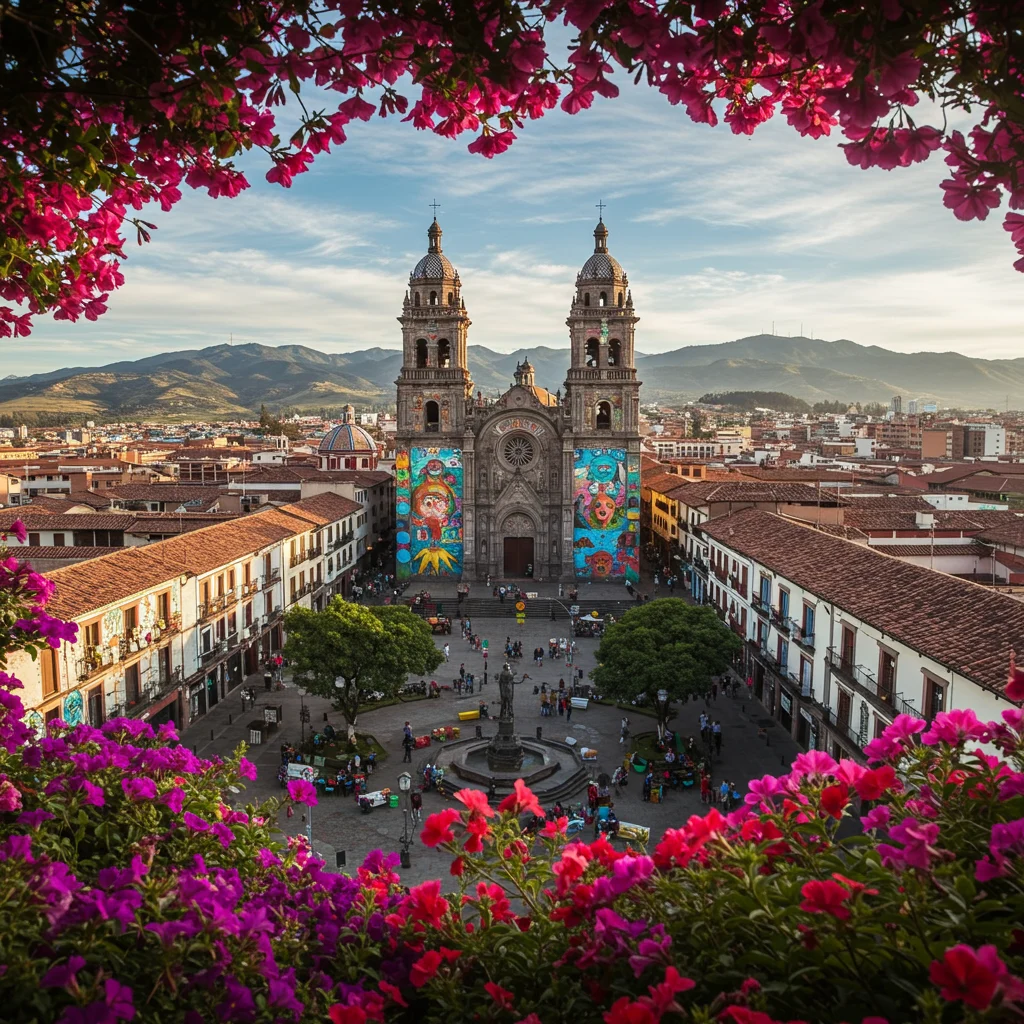
Historic Squares and Plazas
The cathedral is often the centerpiece of a grand square, where locals gather to socialize, celebrate, or simply enjoy the view. Fountains, statues, and historic buildings add to the charm, creating a lively yet relaxed atmosphere.
Street performers, flower vendors, and open-air markets contribute to the sensory tapestry of the area.
Museums and Galleries Within Walking Distance
Several museums and art galleries are located nearby, featuring collections that span local history, fine art, and religious artifacts. Temporary exhibitions often complement the themes explored within the cathedral, enhancing the visitor experience.
Discounted admission is sometimes available for those who show a cathedral ticket, making it easy to extend your cultural itinerary.
Local Cafés and Restaurants to Try
Charming cafés and family-run restaurants cluster around the cathedral, serving regional specialties and freshly baked pastries. The aroma of coffee and the sound of clinking glasses invite visitors to linger and savor the local flavors.
Outdoor terraces offer prime people-watching spots, especially during festival days.
Souvenirs and Local Crafts
Shops near the cathedral offer a range of souvenirs, from handcrafted jewelry to artisanal ceramics. Many items draw inspiration from the cathedral’s architecture or local religious traditions, providing meaningful mementos of your visit.
Supporting local artisans helps sustain the cultural vibrancy of the neighborhood.
Behind the Scenes: Life of the Cathedral Staff
Maintaining La Catedral is a collective effort involving clergy, guides, conservators, and volunteers. Their dedication ensures that the building remains welcoming, safe, and spiritually vibrant.
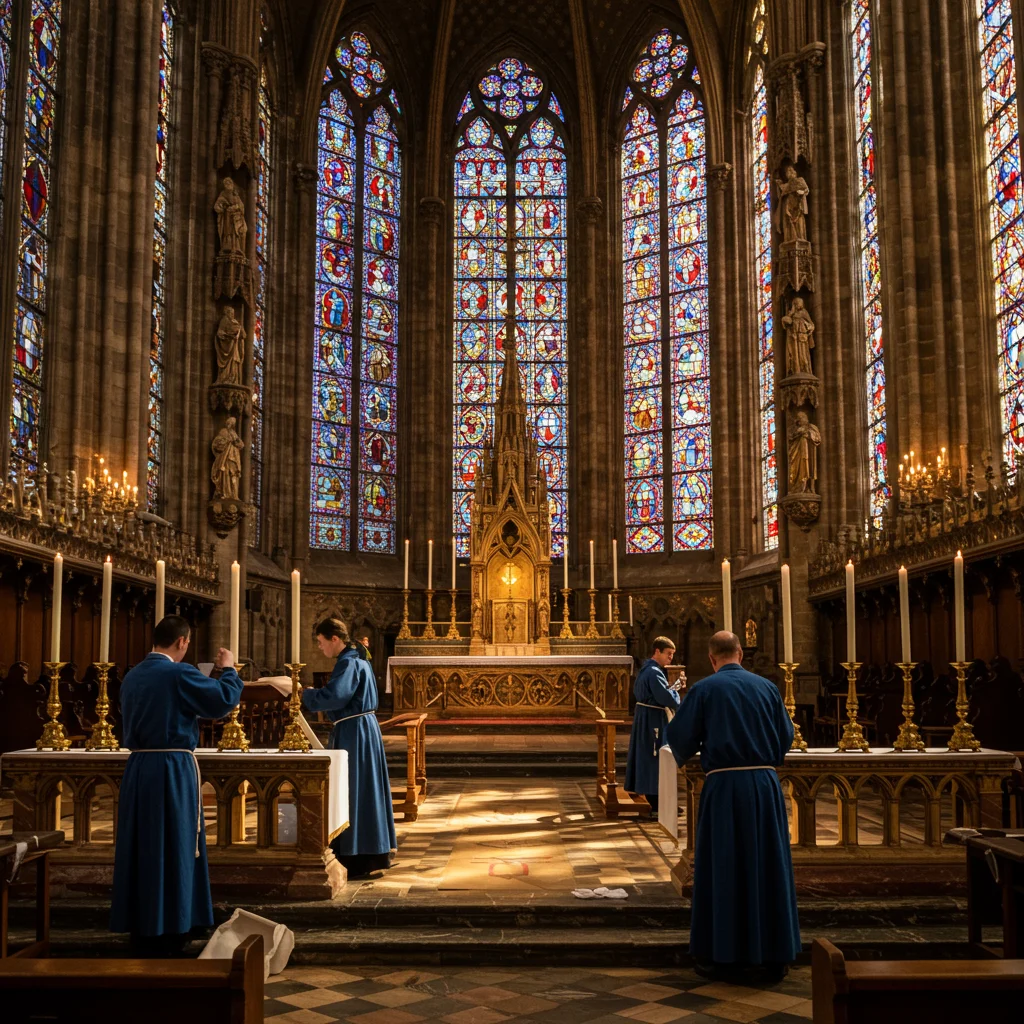
Who Maintains La Catedral Day-to-Day?
A team of custodians, maintenance workers, and security staff oversees daily operations. Their responsibilities range from cleaning and repairs to managing visitor flow and ensuring the safety of priceless artworks.
Their work is often invisible but vital to the smooth functioning of the cathedral.
Training and Roles of Cathedral Guides
Guides undergo extensive training in history, art, and hospitality. They share fascinating stories, answer questions, and help visitors appreciate the deeper meanings behind architectural and artistic features.
Many guides speak multiple languages, enhancing the accessibility of the cathedral’s rich heritage.
Stories from the Clergy and Volunteers
Clergy members provide spiritual guidance and pastoral care, while volunteers assist with events, tours, and outreach. Their personal stories and memories add a human dimension to the history of the cathedral.
Many describe their involvement as a calling, motivated by a deep sense of connection to the building and its mission.
La Catedral in the Digital Age: Virtual Tours and Online Resources
In recent years, La Catedral has embraced digital tools to reach a wider audience. Virtual tours, social media, and educational platforms offer new ways to experience the cathedral’s beauty and significance.
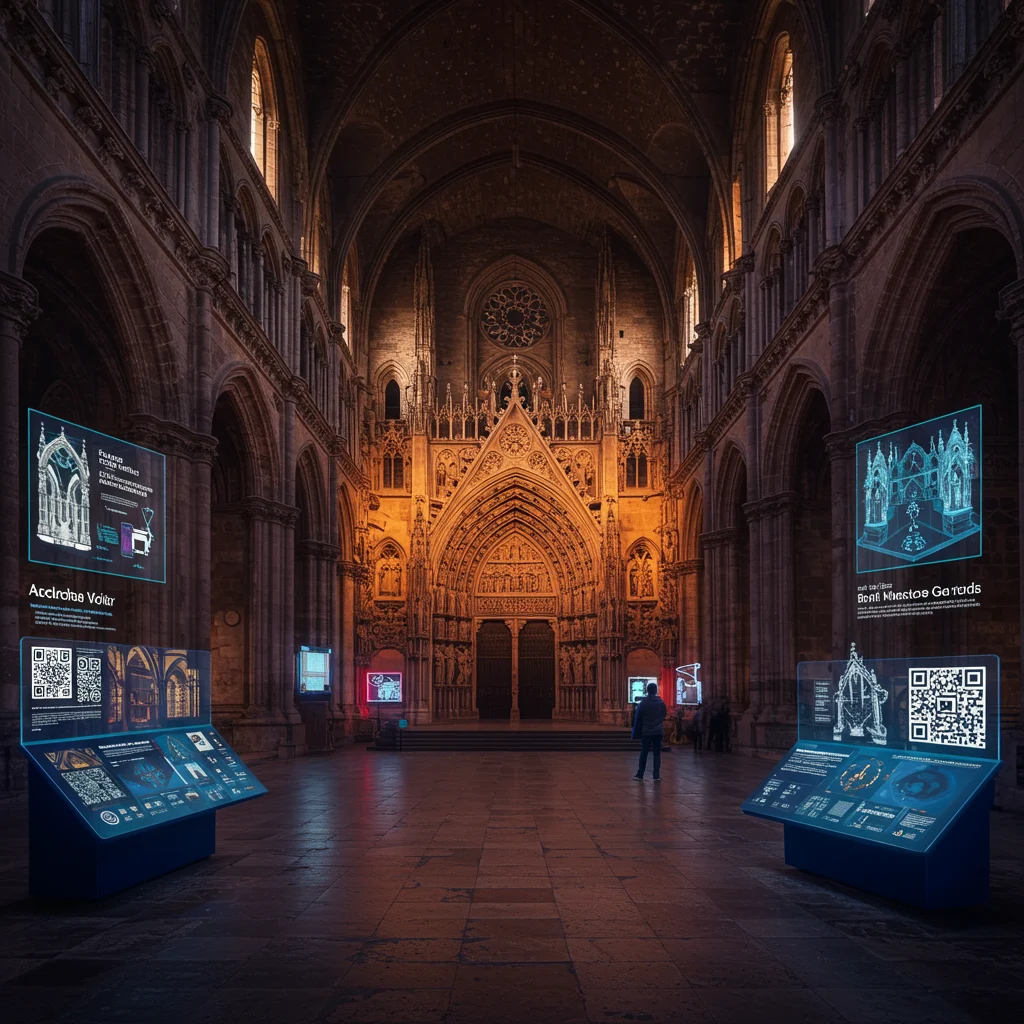
What Online Experiences Are Available?
High-resolution virtual tours allow users to explore the cathedral from anywhere in the world, zooming in on architectural details and artworks. Interactive maps and multimedia guides provide context and commentary, enhancing the remote experience.
These resources are especially valuable for those unable to visit in person, or for planning a future trip.
Social Media Presence and Community Engagement
The cathedral’s official social media channels share updates, event announcements, and behind-the-scenes glimpses. Followers can participate in live-streamed services, Q&A sessions, and virtual exhibitions.
Online communities foster connection and dialogue among devotees, art lovers, and history enthusiasts worldwide.
Educational Programs and Resources
Educational materials for schools and adult learners are available online, covering topics from art history to conservation science. Webinars and lectures by experts deepen understanding and appreciation of the cathedral’s multifaceted legacy.
These programs support lifelong learning and encourage stewardship of cultural heritage.
Frequently Asked Questions About La Catedral
Visitors often have practical questions before their visit. Here are answers to some of the most common inquiries.
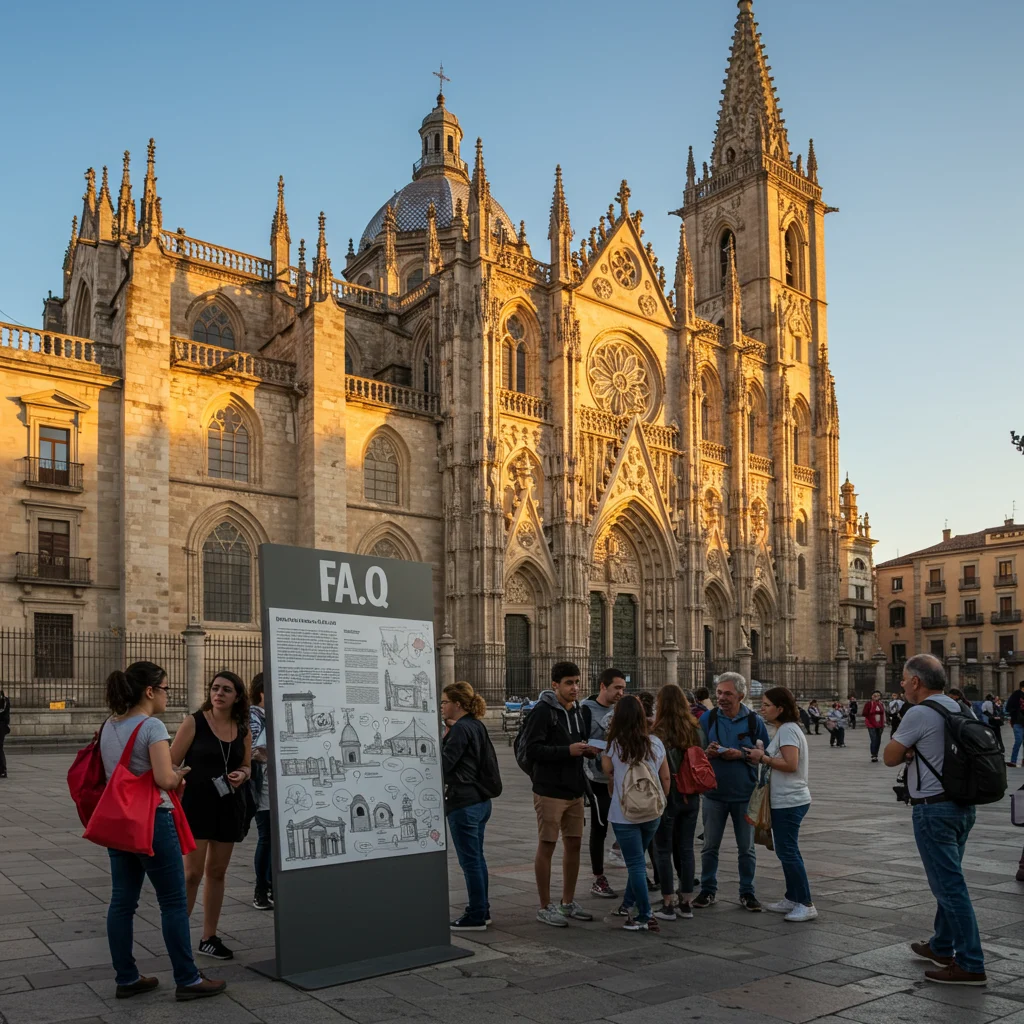
What Are the Opening Hours and Entry Fees?
The cathedral is typically open daily, with hours varying by season and liturgical calendar. Entry fees may apply for certain areas, such as the bell tower or treasury, while general admission is often free.
Discounts are available for students, seniors, and groups. It is advisable to check the official website or book activities in advance, especially during peak seasons.
Can You Attend a Service as a Tourist?
Yes, visitors are welcome to attend regular services. Respectful attire and quiet behavior are expected during liturgical celebrations. Some special events may have restricted access due to limited seating.
Participating in a service offers a unique opportunity to experience the cathedral’s spiritual life firsthand.
Are There Any Dress Codes or Visitor Rules?
Modest dress is required, with shoulders and knees covered. Photography may be restricted during services, and mobile phones should be silenced.
Food, drink, and large bags are not permitted inside. Signs and staff provide guidance to help preserve the dignity and serenity of the space.
How to Support La Catedral: Donations and Volunteering
Supporting La Catedral ensures that its beauty and significance endure for future generations. There are several ways to contribute.
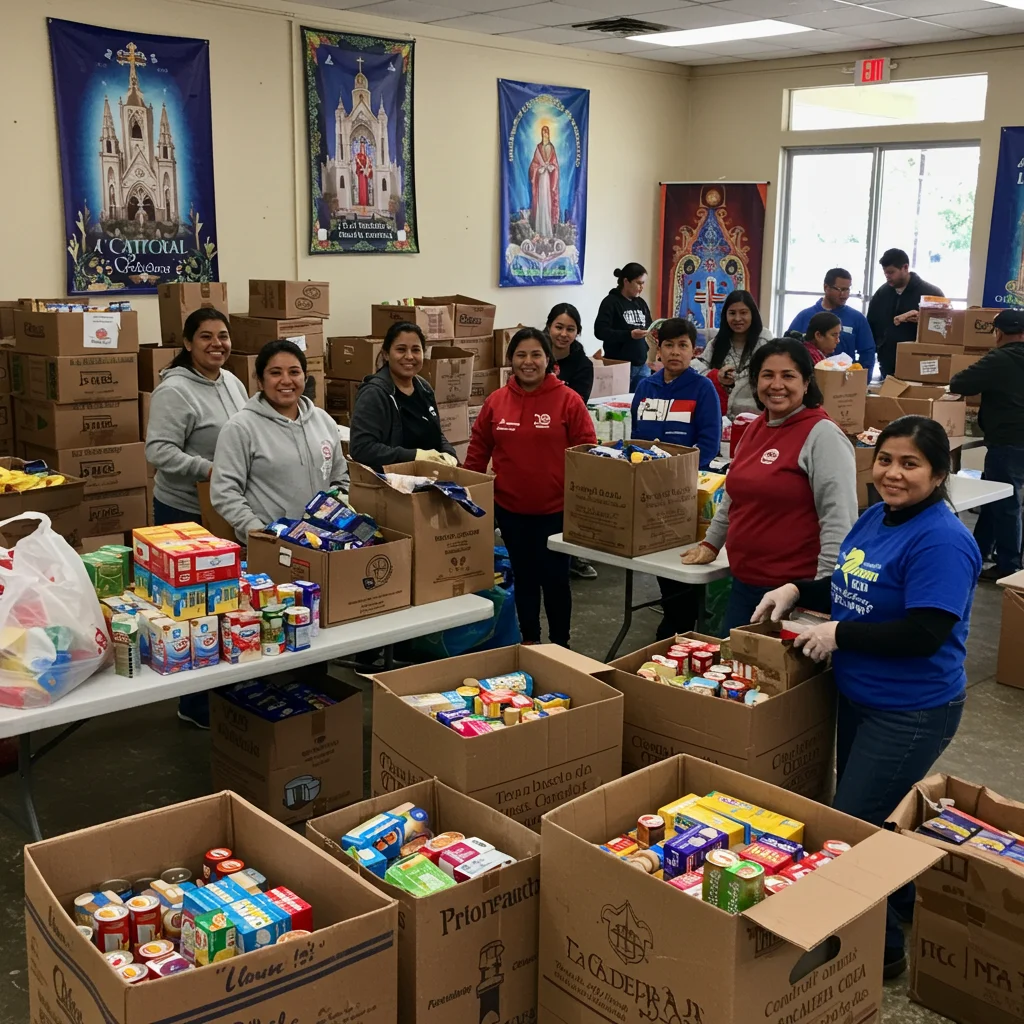
What Preservation Projects Need Funding?
Current priorities include restoring weathered sculptures, repairing stained glass, and updating climate control systems. Donations from individuals and organizations make these efforts possible.
Special campaigns are often launched for major projects, with donors recognized in newsletters or commemorative plaques.
How to Become a Volunteer or Patron
Volunteers assist with tours, events, and educational programs. Training is provided, and roles are tailored to individual interests and skills.
Becoming a patron offers additional benefits, such as invitations to exclusive events, behind-the-scenes tours, and opportunities to meet artists and conservators.
How to Book on Viator
Planning your visit to La Catedral is easy with Viator. This trusted platform allows you to find tours, reserve skip-the-line tickets, and book guided experiences tailored to your interests.

Whether you are interested in a private tour, a themed walk, or a behind-the-scenes look at the cathedral’s treasures, Viator offers a range of options to enhance your visit. Booking in advance helps secure your preferred dates and ensures a smooth, enjoyable experience.
Conclusion: Why La Catedral Remains a Timeless Symbol
La Catedral stands as a powerful reminder of our shared heritage, bridging the past and present through stone, art, and ritual. Its enduring presence offers inspiration, comfort, and wonder to all who cross its threshold.
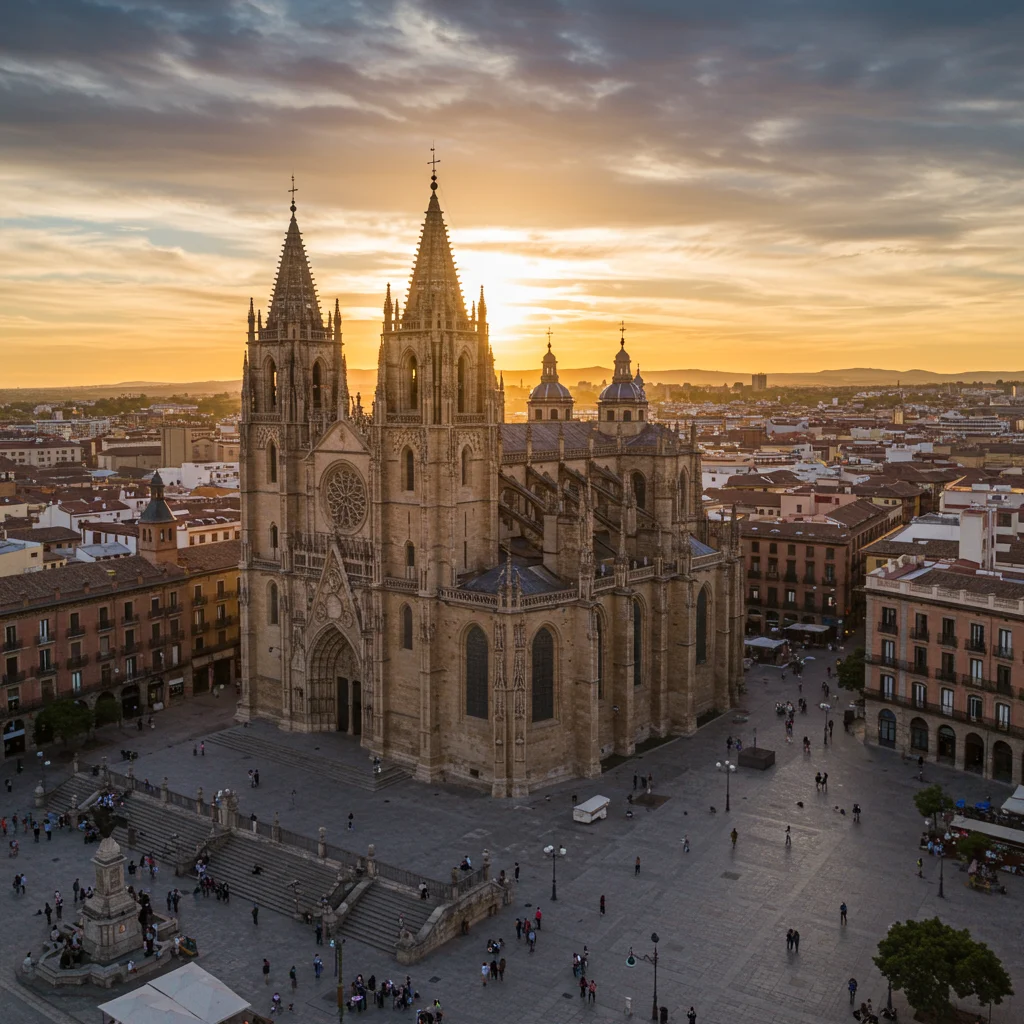
At Unisho, we believe in celebrating and preserving the world’s most remarkable cultural treasures. To learn more about inspiring destinations and expert travel insights, visit Unisho.
“Disclaimer: This information is accurate to the best of our knowledge; however, there may be changes or mistakes. Please verify exact details on the Viator booking page.”

